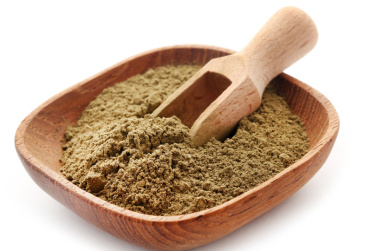Indispensable & Versatile: Essentials Chinese Cooking Sauces
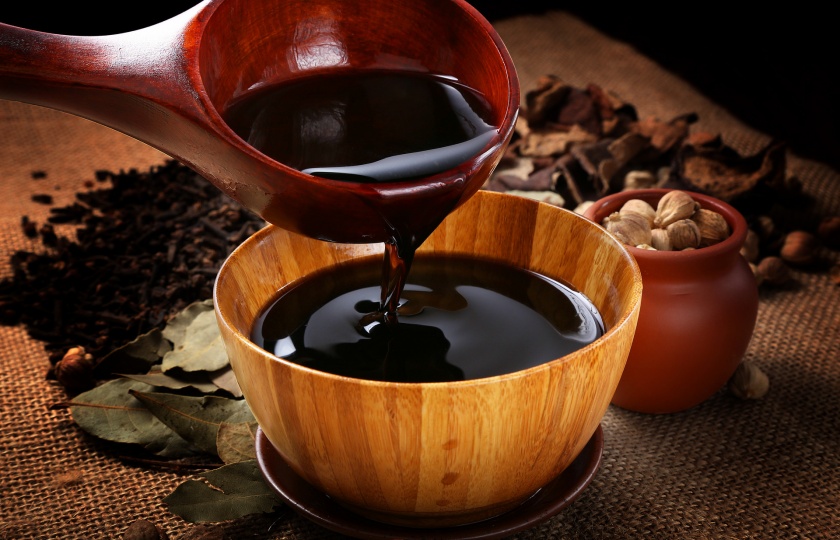
If you like Chinese food, then you will definitely find that the cooking soul of Chinese food lies in sauces. Chinese cooking sauces are very magical and can make ordinary-looking food delicious. Now let's explore "essential Chinese cooking sauces" together!
Essential Chinese cooking sauces
The following are several essential sauces indispensable in Chinese cuisine cooking:
Pixian Doubanjiang: If you like Sichuan cuisine, then you must know this sauce. This is the soul of Sichuan cuisine. It has a bright red color and a spicy and delicious taste. In the production process of classic dishes such as Mapo Tofu, Kung Pao Chicken, and Twice-Cooked Pork, Pixian Doubanjiang is an indispensable seasoning.
Soybean paste: Soybean paste has a rich bean fragrance and mellow taste. It is an indispensable ingredient in northern dishes and occupies an important position in northern cuisine. Soybean paste is often used in stewed dishes, stir-fried dishes and noodles, which can add rich flavors to dishes.
Satay sauce: Satay sauce comes from Fujian and Guangdong. It has a unique seafood flavor and a slightly spicy taste, so it is loved by many people. Satay sauce is mainly used for barbecue, hot pot and stir-frying to help increase the layering of food.
Garlic chili sauce: This is an indispensable sauce for making various seasonings. It has a strong garlic fragrance and spiciness. It is often used as a sauce for making noodles and is one of the common sauces in Chinese families.
Sweet noodle sauce: Sweet noodle sauce has a moderate sweet and salty taste. It is mainly found in northern cuisines. Dishes such as Beijing Roast Duck and cold dishes will use it.
Meicai braised pork sauce: This is a very classic sauce, mainly used to make Meicai braised pork. It can help improve the taste of the dish. At the same time, Meicai braised pork sauce can also help improve the color of the finished dish.
Versatile cumin dipping sauce: If you like barbecue, then this versatile cumin dipping sauce must not be missed. It is made by combining various ingredients such as bean paste, oyster sauce and sesame paste. It has a rich taste and is very suitable for barbecue.
What are the 5 key Flavours in Chinese cooking??
The five common flavors of Chinese food are as follows:
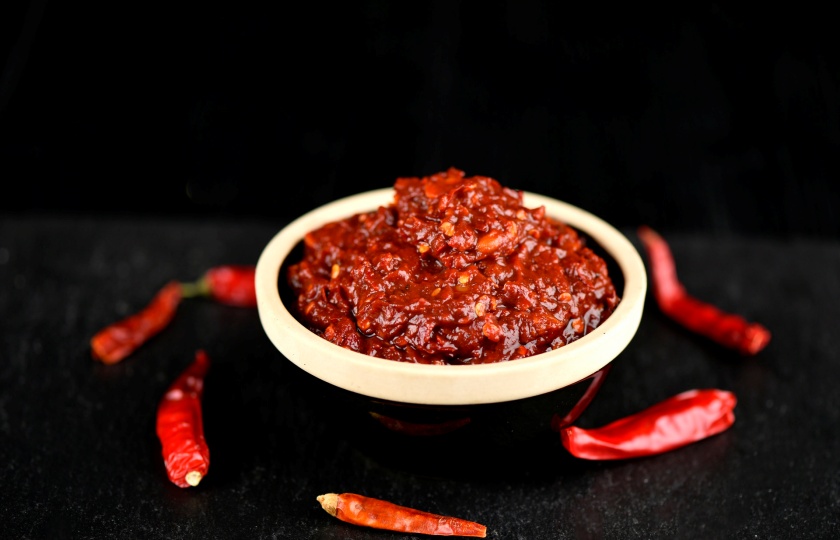
Sourness: In Chinese food, sourness is often used to make appetizers, such as sweet and sour spareribs, hot and sour soup, etc. Sourness can effectively stimulate appetite and make dishes more delicious and tempting.
Sweetness: Sweetness is mainly used to balance other flavors in Chinese food, such as braised pork, sweet and sour pork tenderloin and other dishes. It can help add layers to dishes and make the taste richer and more diverse.
Bitterness: Bitterness is often used to clear heat and detoxify in Chinese food, such as bitter melon scrambled eggs, cold bitter chrysanthemum, etc. It can bring a unique taste experience and has certain health benefits.
Spiciness: Spiciness is very popular in Chinese food, such as spicy hot pot, Gongbao chicken, Hunan beef, etc. Spiciness can stimulate people's taste buds and bring a unique spicy and refreshing taste experience.
Saltiness: Saltiness is one of the most basic flavors in Chinese food, such as steamed fish, salted duck, etc. It can help highlight the original taste of the ingredients and make the dishes more delicious and tempting.
What is traditional Chinese sauce?
There are many kinds of traditional Chinese sauces, each with its own unique flavor and profound historical and cultural heritage. The following are common ones:
Soy sauce
Historical background: The brewing of soy sauce can be traced back to the Western Han Dynasty, when it was called "clear sauce". Later, in the Song Dynasty, bean paste was officially called "soy sauce" and was widely spread around the world by Buddhist monks.
Production process: Soy sauce is a condiment made from soybeans, wheat or bran, etc., through steaming, fermentation and other processes.
Flavor characteristics: Soy sauce is dark red in color, delicious, salty with sweetness, and is an indispensable seasoning in Chinese cuisine. Whether it is stir-frying, stewing or cold salad, it can add flavor and color to the dishes.
Bean paste
Main production area: Pixian County, Sichuan is the most famous bean paste, known as the "soul of Sichuan cuisine".
Ingredients and production: Bean paste is mainly made of broad beans, peppers, salt and other ingredients after a long period of fermentation.
Flavor characteristics: Doubanjiang is spicy and delicious, with an oily texture. It is an essential sauce for making spicy delicacies, such as Mapo Tofu and Twice-cooked Pork.
Chili sauce
Types: Chili sauce has different flavors and methods in different parts of China, such as Sichuan chili sauce, Hunan chopped pepper sauce, etc.
Ingredients and production: Chili sauce is mainly made of chili, pepper, ginger, garlic and other condiments, which are ground, fermented or pickled.
Flavor characteristics: Chili sauce is spicy and delicious, which can not only add spiciness to dishes, but also enhance the overall taste level.
What is the most popular condiment in China?
There are many kinds of condiments in China. If you must say which one is the most popular, then salt must be one of them. Salt is the first of all flavors. It is indispensable in the cooking process of Chinese cuisine. Without salt, dishes will have no soul. Salt can help highlight the original taste of ingredients and make dishes more flavorful.
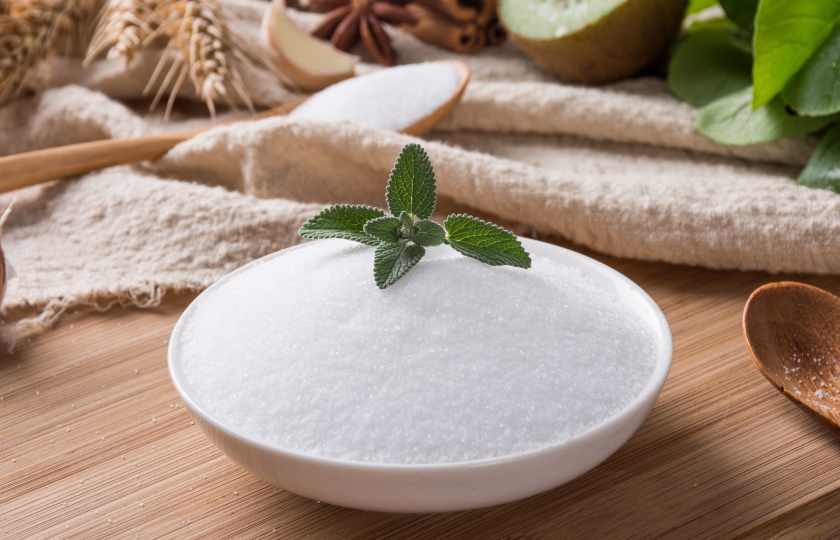
Secondly, soy sauce is also very popular. Soy sauce can not only enhance freshness but also color. Whether it is cold dishes or stir-fried dishes, adding a few drops of soy sauce can double the freshness and make the dishes bright red and attractive.
Vinegar is also very popular. There are many kinds of vinegar in China, such as aged vinegar and rice vinegar. Adding some vinegar when eating dumplings is appetizing and relieves greasiness. When making dishes such as Sweet and Sour Spare Ribs, vinegar is even more crucial and can create a sweet and sour taste.
Chili peppers are also indispensable. For Chinese people who like to eat chili peppers, many dishes will add chili peppers. Especially in regions such as Sichuan and Hunan, chili peppers are the core condiment of dishes.
Finally, in Chinese cuisine, sugar is also used frequently. For example, white granulated sugar and rock sugar play an important role in desserts and braised dishes. In dishes such as sugar-coated haws on a stick and Braised Pork in Brown Sauce, sugar plays a great role.
Asian cooking essentials tools
First of all, the stove is the basic tool for cooking Chinese cuisine. Chinese people pay attention to "wok hei" when stir-frying. When stir-frying, the firepower is generally relatively large. High firepower can make the ingredients heat up quickly, which is very important for Chinese cuisine. Common ones are gas stoves and induction cookers.
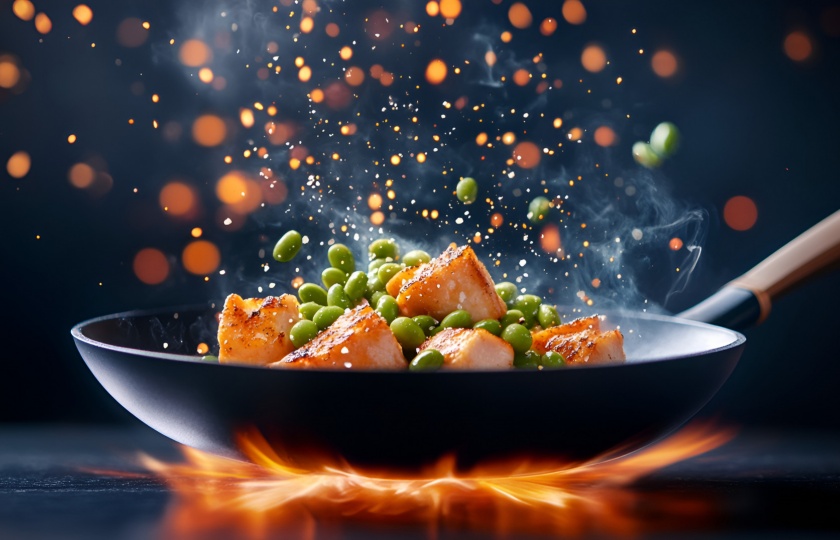
Secondly, the Chinese wok is the star of Asian kitchens. The bottom of the Chinese wok is arc-shaped and heats up extremely evenly. It can handle frying, stir-frying, cooking and deep-frying. Especially when stir-frying, stir-frying quickly with high heat can make the ingredients heat up evenly and lock in the deliciousness.
There is also a Chinese kitchen knife, which is very different from Western knives. The Chinese kitchen knife has a relatively wide blade and a very sharp edge. It can cut vegetables, meat and chop bones with ease. When using it to cut vegetables, it's like a martial arts master making a move. With a single swing of the knife, the ingredients are neatly processed.
There is also a steamer that is essential. In Asia, steamed dishes are very popular. With a steamer, you can steam fragrant steamed buns, soft and glutinous zongzi, tender steamed fish and so on. Cooking food with the heat of steam can retain the original flavor of food to the greatest extent.
Finally, don't forget bamboo kitchen utensils, such as bamboo chopsticks and bamboo spatulas. Bamboo chopsticks are flexible and convenient for picking up food, and they are environmentally friendly and hygienic. When a bamboo spatula is used for stir-frying, it will not scratch the surface of the pot and can stir-fry ingredients well.
Chinese food ingredients to avoid
Although Chinese dishes are delicious, there are some ingredients that need to be avoided or consumed in moderation.First of all, alum. Alum is used in some traditional processes of making deep-fried dough sticks. It contains aluminum. Long-term or excessive intake of aluminum may cause damage to the nervous system and other parts. At present, China advocates making alum-free deep-fried dough sticks.
Secondly, nitrite may exist in some cured meats. However, if you eat foods containing nitrite in excess, it may be converted into nitrosamine in the body, which is a carcinogen. However, the content of nitrite in properly produced cured foods is within a safe range. Still, try to eat less poorly processed cured products.
In addition, trans fatty acids also need to be noted. It may appear in the flaky parts of some Chinese pastries or fried foods. For example, in some repeatedly fried snacks, if the oil is not changed for a long time, trans fatty acids may be produced, which will increase the risk of cardiovascular diseases. So when purchasing processed foods, be sure to carefully check the ingredient list.
















